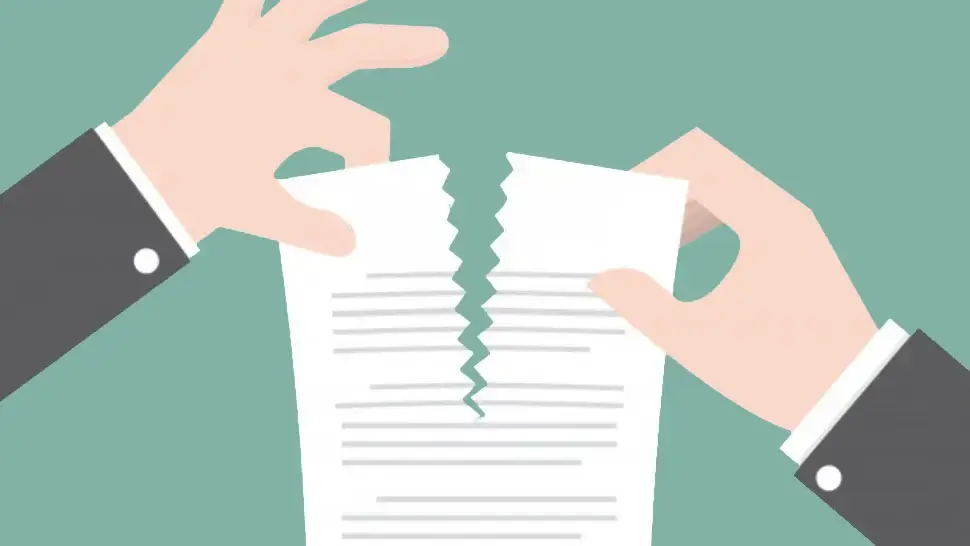Without a clear plan, teams often scramble to meet submission deadlines, produce rushed proposals, and miss key opportunities to demonstrate value. With a tender bidding strategy, you move from reacting to opportunities to actively shaping the tendering process.
It gives you control over how you approach opportunities, helps you identify the right bids to pursue, and enables you to submit a high quality, persuasive, and compliant proposal — every time.
Why a Tender Bid Strategy Matters
In competitive markets, success isn’t just about having the right product or service. It’s about presenting that solution in a way that convinces evaluators you’re the best choice.
A tender bidding strategy provides:
- Clarity – Everyone knows the process, priorities, and decision-making criteria.
- Efficiency – Resources are allocated effectively, and deadlines are met without burnout.
- Consistency – Every proposal reinforces your proven track record and strengthens your brand reputation.
- Competitive Advantage – You can position your offer in ways that resonate with evaluators and reduce the risk for the client.
Common Tendering Challenges and How to Overcome Them
Before building your strategy, understand the challenges that can derail even the most capable teams.
1. Complex Tender Documents
A request for proposal (RFP) response or other tender documents often span dozens — sometimes hundreds — of pages. They include technical requirements, compliance checklists, and legal terms.
How to overcome it:
- Assign a bidding manager to lead the review.
- Break documents into sections for subject matter experts.
- Create a summary sheet highlighting specific requirements, deadlines, and key evaluation criteria.
2. Intense Competition
You’re rarely the only one submitting a bid. Many vendors may have similar qualifications or pricing.
How to overcome it:
- Conduct a competitive bidding analysis early.
- Identify where you can stand out — this might be innovation, service levels, or added value.
- Gather case studies that show measurable results.
3. Tight Deadlines
A short timeline can lead to rushed work, missing information, and errors.
How to overcome it:
- Use a tender management system to assign tasks and track progress.
- Keep a library of up-to-date content, visuals, and legal boilerplate to speed up production.
- Hold a kick-off meeting immediately after deciding to submit a bid.
4. Risk and Uncertainty
Every bid has risks — cost overruns, delivery challenges, compliance issues.
How to overcome it:
- Conduct a risk workshop during bid planning.
- Document potential issues and your mitigating risks strategy.
- Show the client how your approach will reduce the risk for them.
How to Build a Tender Bidding Strategy
Once you understand the challenges, you can create a step-by-step plan that guides your team from opportunity to submission.
Step 1: Clarify the Opportunity
- Read the tender documents in detail.
- List all mandatory requirements and evaluation criteria.
- Identify any questions or ambiguities and submit clarification requests early.
Step 2: Assess Your Position
- Compare the opportunity against your proven track record.
- Decide if you can realistically deliver on time, within budget, and to specification.
- If your chance of winning is low, don’t bid — save resources for better opportunities.
Step 3: Define Win Themes
- Pinpoint the main reasons the client should choose you.
- Align your win themes with their objectives, not just your capabilities.
- Reinforce these themes throughout your proposal.
Step 4: Plan the Bidding Process
- Assign a bidding manager to coordinate tasks.
- Allocate roles based on expertise — subject matter experts for technical sections, marketing for design, leadership for approvals.
- Schedule milestone reviews to check compliance and quality.
Step 5: Mitigate Risks
- Identify delivery, contractual, and operational risks early.
- Build risk responses into your proposal narrative.
- Show how your solution offers competitive advantage by minimising uncertainty.
Step 6: Submit a Standout Proposal
- Ensure compliance with every requirement.
- Use clear, persuasive language and engaging visuals.
- Deliver a proposal that is easy to read, professional, and compelling.
Key Pillars of a Winning Tender Bid Strategy
Even the best process needs strong building blocks to succeed.
1. Pre-Bid Research
Go beyond the tender pack.
- Understand the client’s industry challenges.
- Identify who will evaluate the bid and tailor your message accordingly.
- Research previous tenders to learn what worked — and what didn’t.
2. Competitive Analysis
Study your competitors’ public track record.
- Where have they won or lost?
- What differentiators do they use?
- How can you counter them in this bid?
3. Strategic Bid/No Bid Decision
Don’t waste resources on bids you can’t win.
- Evaluate the fit with your expertise.
- Check if you can meet all specific requirements.
- Consider your capacity alongside other live projects.
Creating a Persuasive Proposal
The proposal is where your tender strategy becomes tangible.
Strong Value Proposition
- Clearly state what makes your offer better.
- Back it with measurable results, case studies, and testimonials.
- Quantify benefits, such as cost savings or performance improvements.
Compelling Storytelling
- Organize the content in a logical flow.
- Use short sentences, bullet points, and headings to improve readability.
- Add visuals to simplify complex information.
Evidence-Driven Arguments
- Use data, charts, and metrics to prove your claims.
- Reference your proven track record to build trust.
- Include examples from similar projects.
Executing for Maximum Impact
A great plan only works if you execute it well.
Team Collaboration
- Involve your subject matter experts early and keep them engaged.
- Encourage feedback and knowledge sharing.
- Create a transparent workflow where everyone knows their deadlines.
Risk Management
- Include a clear risk register in your proposal.
- Explain how you will handle unexpected changes.
- Position risk management as part of your value to the client.
Pricing Strategy
- Set a price that is competitive but sustainable.
- Explain the value behind the numbers.
- Show lifecycle cost benefits to strengthen your case.
Final Review
- Use multiple reviewers — technical, compliance, editorial.
- Check against the tender checklist before submission.
- Submit early to avoid last-minute issues.
Continuous Improvement
A tender bid strategy is never “done” — it evolves.
- Network proactively to build relationships before tenders are issued.
- Maintain a bid library with ready-to-use, approved content.
- Hold debriefs after every bid to refine your approach.
Leveraging Technology to Strengthen Your Tender Bidding Strategy
Even the most detailed tender bid strategy will struggle without the right tools to support it. Many of the challenges in the tendering process — from managing complex tender documents to meeting tight deadlines — come down to time, accuracy, and collaboration.
This is where tender response software can give you a competitive advantage. By building your tender bidding strategy around the capabilities of a dedicated document co-authoring and automation platform, you can transform how your team works.
Key benefits of using tender management software as part of your strategy:
- Centralized Collaboration: Work in one secure, structured workspace where your bidding manager, writers, designers, and subject matter experts contribute in real time — without version chaos or email bottlenecks.
- Automated Compliance and Formatting: With built-in templates and style controls, your proposals automatically meet corporate and client-specific formatting rules. This ensures every submission is consistent, professional, and ready for evaluators.
- Faster Turnaround Without Sacrificing Quality: Reduce time spent on manual tasks by reusing approved content from your bid library — such as case studies, policies, and technical descriptions — while still tailoring for specific requirements.












